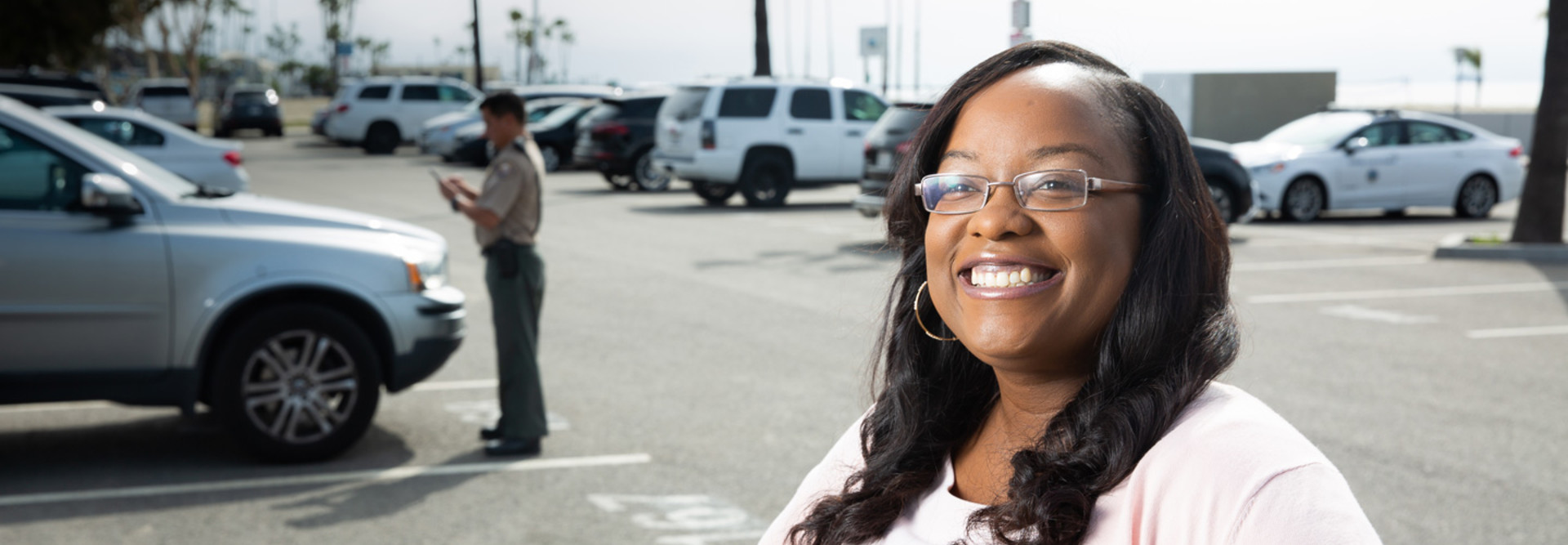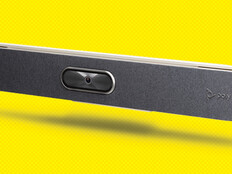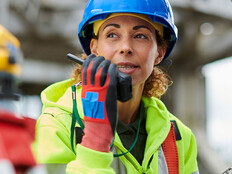“Citizens no longer have to wait 24 hours for the information to be processed, which means they can contest a citation as soon as they receive the ticket,” Terry says. “They can also make their payments on the same day.”
And if a citation is challenged, the Samsung’s 12-megapixel cameras give the city more information to respond to citizens’ questions.
MORE FROM STATETECH: Find out how Hawaii reaps the benefits of going paperless!
Eaton County, Mich., First Responders Deploy Ruggedized Devices
First responders in Eaton County, Mich., rely on a combination of ruggedized handhelds and laptops. Eaton County has currently deployed 105 Panasonic public safety devices, ranging from Toughpad FZ-G1 tablets to Toughbook CF-31 and CF-54 notebooks, says Nathan Nighbert, network and PC administrator for Eaton County Technology Services.
All the devices run on the county’s Mobile Computer Terminal software, allowing them to receive and respond to 911 calls, he says. Aside from that, however, they’re employed in unique ways by each agency. Some law enforcement agencies use them for e-citations or electronic crash reports, he says. Meanwhile, fire inspectors use them to map the location of buildings and fire hydrants.
Each Windows 10 device is secured using anti-virus software, encrypted data vaults and VPN connections across the Verizon 4G LTE network, Nighbert says. But otherwise, they do not run off-the-shelf commercial software.
“We keep the devices dedicated to public safety,” Nighbert says. “In a time of need, we don’t want ‘Minecraft’ or ‘Candy Crush’ causing problems.”
The main benefits these ruggedized devices bring are reliability and durability, he adds. Since the first units were deployed in 2013, several have logged more than 50,000 hours in the field, and one has topped 75,000 hours. And that, in turn, helps the county save thousands of dollars in support, maintenance and replacement costs.
“These machines are crazy reliable and designed extremely well,” Nighbert says. “The hinges on the laptops do not wear out. Screens are designed for years and years of use. The hard drives have heaters on them, because the cars are parked outside in the cold overnight. Fire trucks, police cars and ambulances are turned off when they get back to the station, but our computers are on 24/7/365.”
Tablets Increase Situational Awareness for Firefighters
Fighting fires in rugged, mountainous terrain can be chaotic and fraught with danger. But things have become a little bit safer now that Northern Lakes Fire District has mounted Zebra XSlate R12 tablets in some of its trucks, says Pat Riley, District 1 director for the Idaho Fire Chiefs Association.
Prior to installing the ruggedized 12-inch Windows tablets, NLFD would dispatch crews by pager or radio. Firefighters would use paper maps and GPS systems to locate the scene of the emergency. Headquarters would keep track of personnel on the scene using “passport” tags attached to each firefighter’s uniform. And an on-scene incident commander would update his or her status via radio to personnel at the station, who manually entered the information.
Now, mapping software running on the R12s displays the optimal route to the scene. First responders get information in real time as the dispatcher types it. Incident command software allows them to track engines on the scene.
“It’s much quicker, more accurate and does not allow for essential information to get lost in translation,” Riley says. “What we’re doing with these terminals has greatly improved safety and accountability.”
Like the radios and firefighting equipment inside each fire truck, simplicity and reliability are crucial. Riley likes how the R12s are very intuitive and user friendly.
“When I pick up the radio, I want to be able to talk on it and have someone hear me,” Riley says. “When I pick up a computer, I want it to work and do what I need it to do. I don’t want to have to try and figure out why it’s not working.










